Goethite
Goethite is an Iron Ore which can be found worldwide – it can be given quite a fine polish, which makes it ideal for collectors.
It can also occur as inclusions in Quartz and Amethyst, which creates some very interesting specimens.
Showing all 16 results
-
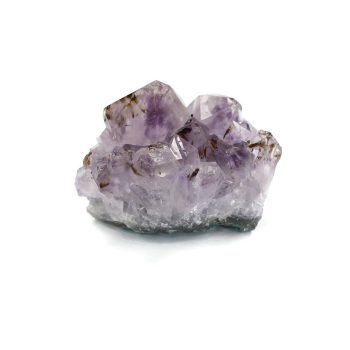
Amethyst Druzy with Goethite
£2.00 – £7.50 -
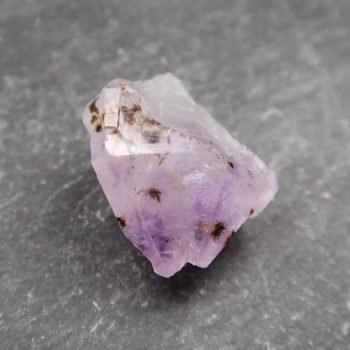
Amethyst Points with Goethite
£1.50 – £5.00 -
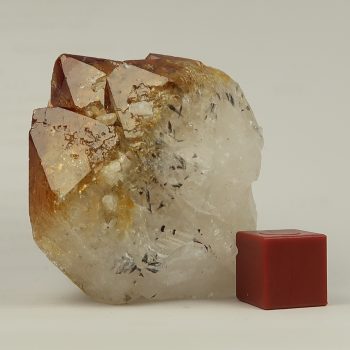
Citrine Points with Goethite (Heat Treated)
£10.00 -
New
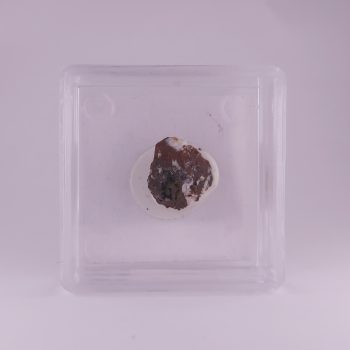
Corkite and Goethite from Schöne Aussicht Mine, Germany
£5.00 -
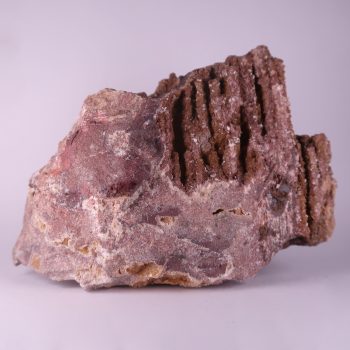
Goethite and Calcite from Clearwell, Gloucestershire
£1.50 – £35.00 -
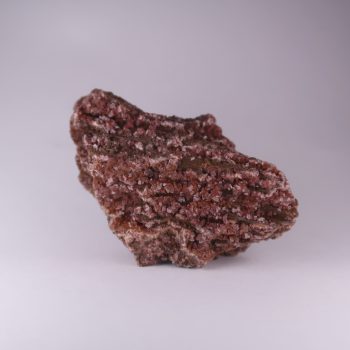
Goethite and Calcite from Old Ham Mine, Gloucestershire
£15.00 -
New
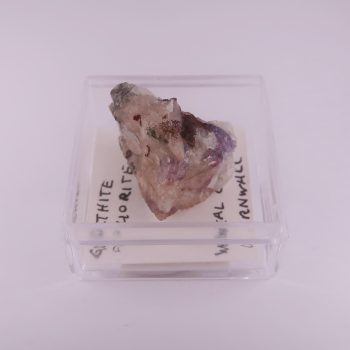
Goethite and Fluorite from Wheal Cock, Cornwall
£10.00 -
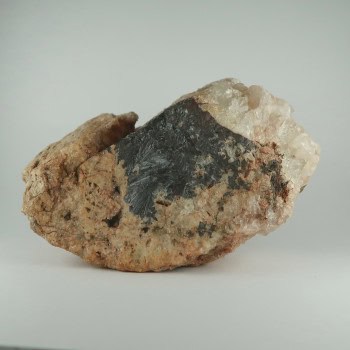
Goethite and Quartz from the Restormel Royal Iron Mine, Cornwall
£15.00 – £20.00 -
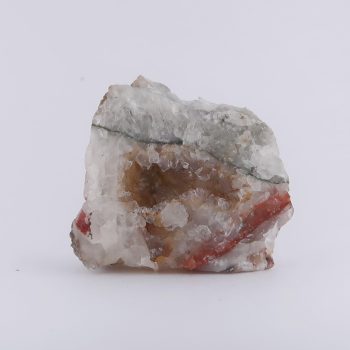
Goethite and Quartz from Wheal Cock, Cornwall
£0.50 – £1.50 -
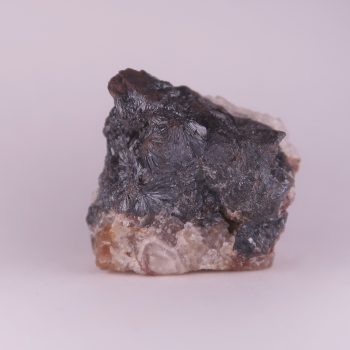
Goethite from Botallack Mine, Cornwall
£7.50 -
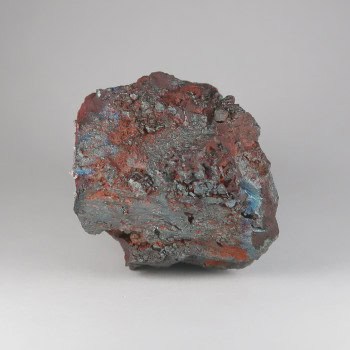
Goethite from Filón Sur open pit, Spain
£8.00 -
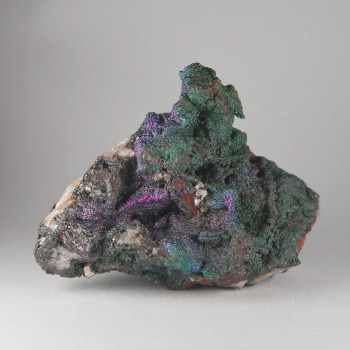
Goethite from San Valentín Mine, Spain
£7.50 – £15.00 -
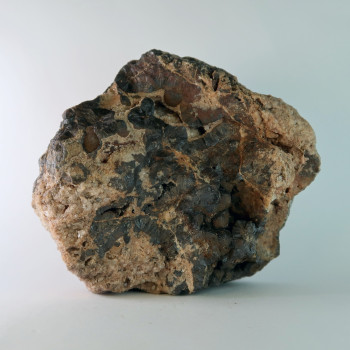
Goethite from the Restormel Royal Iron Mine, Cornwall
£20.00 -
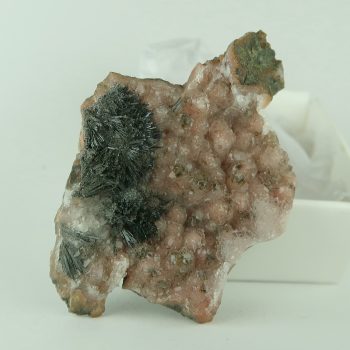
Goethite on Quartz Druzy
£6.00 – £20.00 -
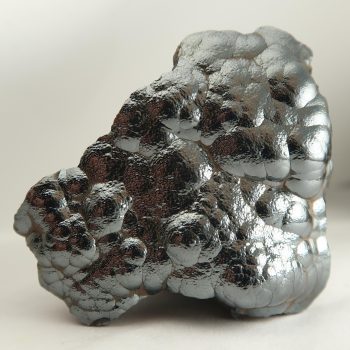
Polished Botryoidal Goethite
£4.00 – £7.50 -
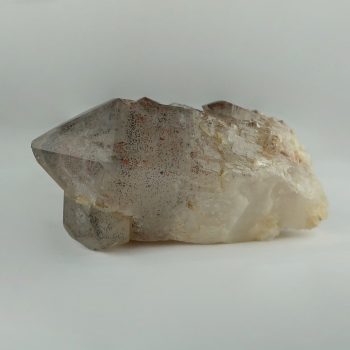
Quartz points with Goethite phantom
£15.00
Information about Goethite
Appearance
Goethite is typically regarded as a fairly uninteresting mineral, a simple metallic looking form of Iron ore.
Some pieces, however, can be quite nice, and quality specimens are coveted by mineral collectors. It can form very pretty inclusions in Quartz and Amethyst; when these are quite clear pieces of a good quality they can be excellent collectors pieces.
Uses and History
Goethite is typically used simply as an Iron ore. It is smelted to produce Iron, which is then usually converted to Steel.
It is likely that Goethite has been smelted for a long time, as it is commonly found as ‘bog Iron’.
Bog Iron was used by the Norse Vikings to make their excellent quality swords, which were made of some of the purest quality Iron in the world at the time.
As an iron ore, it has been used as a dye or pigment since antiquity – the oxidisation of iron causes a strong red colouration which may be desirable in certain cases.
Some high quality pieces are desirable as a mineral specimen, and are highly sought after by mineral collectors. However, these pieces are not common, and not an average reflection of most Goethite pieces.
Some pieces may be carved and polished, into small decorative objects, cabochons, or beads. The stone does take a great shine, so can make an attractive display piece easily.
The mineral is named after a famed German politician, poet, and philosopher called Johann Wolfgang von Goethe, who was a mineral enthusiast.
As mentioned above, this mineral was used since ancient times as a brown/red pigment. It was used in the cave paintings in the world famous Lascaux cave system, estimated to be around 17000 years old.
A tomb was found in the ancient kingdom of Phrygia, believed to be that of King Gordias, father of the legendary King Midas.
His burial shroud had been dyed with a dye containing Goethite.
The Norse peoples known as Vikings likely used Goethite as a source of Iron, as it often occurs as bog Iron.
Locales
Extremely common, with locales found worldwide.
Particularly known among collectors will be the deposits around Tishka, Morocco, which are often sold polished – and, for collectors of inclusions, the pieces produced in Brazil, of goethite included Amethyst and Quartz.
Mineralogy
Hazards and Warnings
Can rust and stain when wet.
Almost all rocks, minerals (and, frankly, almost all other substances on earth) can produce toxic dust when cutting, which can cause serious respiratory conditions including silicosis.
When cutting or polishing rocks, minerals, shells, etc, all work should be done wet to minimise the dust, and a suitable respirator or extraction system should be used.
Translations
Arabic:
Hindi:
Portuguese:
- Goethita
Bengali:
Indonesian:
Punjabi:
English:
- Bog Iron, Bog Ore, Goethite, Gothite, Iron Ore, Wood Iron.
Italian:
- Goetite
Russian:
French:
Japanese:
Spanish:
- Goethita
Allcharita
α-Goethita
Fullonita
Götheita
Göthita
Hierro pardo
Mesabita
Yanthosiderita
German:
- Goethit
Aëtit
Allcharit
α-Goethit
Fullonit
Götheit
Göthit
Haarförminge Brauneisenstein
Haarförminger Brauneisenstein
Mesabit
Nadeleisenerz
Prismatisches Eisenerz
Prismatisches Nadeleisenerz
Samteisenerz
Yanthosiderit
Korean:
- 침철석
Thai:
- เกอไทต์
Gujurati:
Mandarin Chinese:
- 针铁矿
Urdu:
Further Reading / External Links
- https://en.wikipedia.org/wiki/Goethite
- https://www.webmineral.com/data/Goethite.shtml
